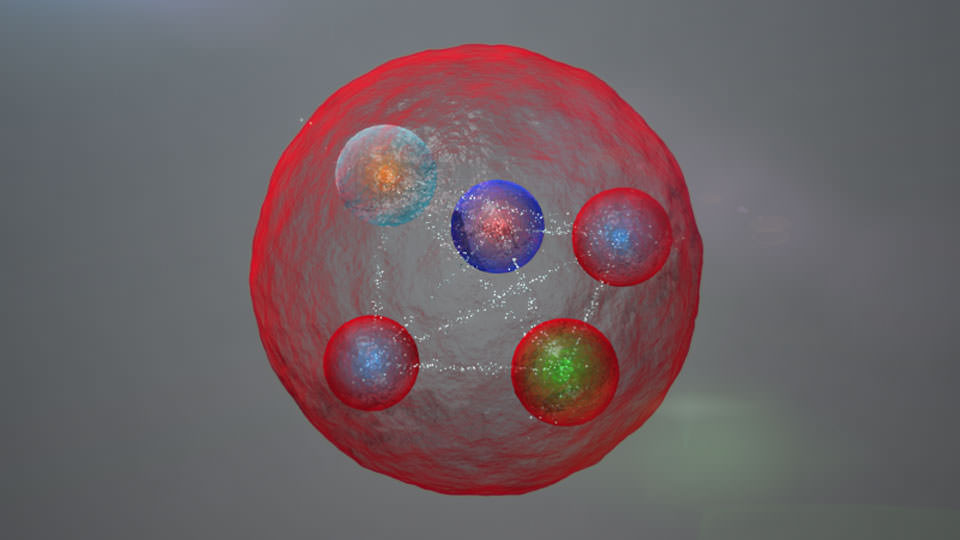Astronomy Jargon 101: Strong Nuclear Force

In this series we are exploring the weird and wonderful world of astronomy jargon! Feel the power of today’s topic: the strong force! The strong force was named before we understood it. By the mid-twentieth century, he had realized that atomic nuclei were made of bundles of protons and neutrons. The protons have positive electric charge, and the neutrons are neutral (as their name suggests). The positive charges of the protons should make them repel each other, so there had to be something else, some new force, to hold them together inside the nuclei. In the 1970’s physicists realized that protons and neutrons aren’t fundamental. Instead, they are themselves bags of other, smaller particles. These particles are known as quarks, and there are six kinds, named top, bottom, up, down, strange, and charm. Protons are made of two up quarks and one down quark, while neutrons are make of two down quarks and one up quark. The quarks connect to each other via the strong force, binding themselves together to make the protons and neutrons. They do this by exchanging gluons – the carrier of the strong nuclear force. This force is by far the strongest of the forces of nature, but it also has the shortest range. Really, its job is to keep quarks glued together. But in that process, some of the strong force “leaks out” of the individual protons and neutrons. It’s this leaked-out strong force that holds atomic nuclei together. In this case, sometimes the strong force is called the nuclear force. The ability for atomic nuclei to stick together is what gives us nuclear energy. When you split an element into two lighter ones, there’s a difference in the amount of energy needed to glue the new, smaller elements together. This difference in energy gets released, usually in the form of radiation. The post Astronomy Jargon 101: Strong Nuclear Force appeared first on Universe Today.
Read original article here.
Written by: Paul M. Sutter

Facebook Comments